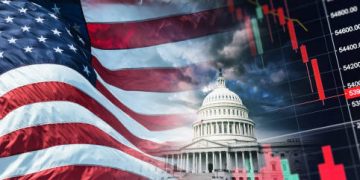Supply Chain Report – 10/06/2025
The introduction of new import tariffs in April has led to noticeable price increases across several everyday items in the United States, according to recent Consumer Price Index (CPI) data. The August report showed consumer prices rising 2.9% year-over-year, above the Federal Reserve’s long-standing 2% inflation target.
While not all categories have been equally affected, some imported goods have recorded sharp increases, particularly products heavily reliant on foreign supply chains. Items such as toys, televisions, jewelry, coffee, and bananas have seen significant price hikes since the new tariffs were introduced.
Toys
Long considered affordable due to low-cost overseas production, toys are now facing added costs. Prices have increased 2.5% since April, CPI data shows. Roughly three-quarters of toys sold in the U.S. are sourced from China, where many shipments now carry tariffs of up to 30%. Analysts note that while the increases are still moderate, the timing ahead of the holiday shopping season may affect both consumers and retailers.
Televisions
Television prices, which had been steadily declining for decades due to globalization and technological improvements, have shifted upward. Since April, TV prices have risen 3.1%, according to CPI data. The U.S. market sources many televisions from China, Vietnam, and Mexico, and depending on the supplier, retailers face tariff rates ranging between 20% and 30%. Consumers looking to purchase new TVs may see fewer discounts and higher shelf prices compared to previous years.
Jewelry and Watches
Luxury goods have been more heavily affected than some consumer staples. Jewelry and watch prices increased 5.5% in August compared to April. The spike has been attributed to tariff rates, including a 39% duty on Swiss imports. Major suppliers such as India and Japan, key sources for diamonds and high-end watches, have also been affected by new tariffs, driving up wholesale and retail costs.
Coffee
Coffee, a daily staple for millions of Americans, has seen one of the steepest increases among the tracked goods. CPI data indicates a 9.8% rise in coffee prices since April. The U.S. produces less than 1% of its coffee, relying almost entirely on imports. A 10% global tariff has contributed to the cost increase, while Brazil, which supplies more than one-third of America’s Arabica beans, faced a 50% tariff in the past month. Importers and retailers have passed many of these additional costs to consumers, affecting both household budgets and coffee shops.
Bananas
Bananas, typically known for price stability regardless of broader economic conditions, have also been impacted. Prices rose 4.9% between April and August, CPI figures show. Nearly all bananas sold in the U.S. come from Central and South America, leaving the product highly sensitive to shifts in global trade policies and shipping costs.
Economists suggest that while some of these increases may ease over time if global supply adjusts, the current environment highlights how dependent U.S. consumer markets are on imports. For households, the immediate impact is being felt in everyday purchases, from groceries to electronics.
#SupplyChainNews #TariffImpact #ConsumerPrices #EconomicUpdate #InflationWatch

















